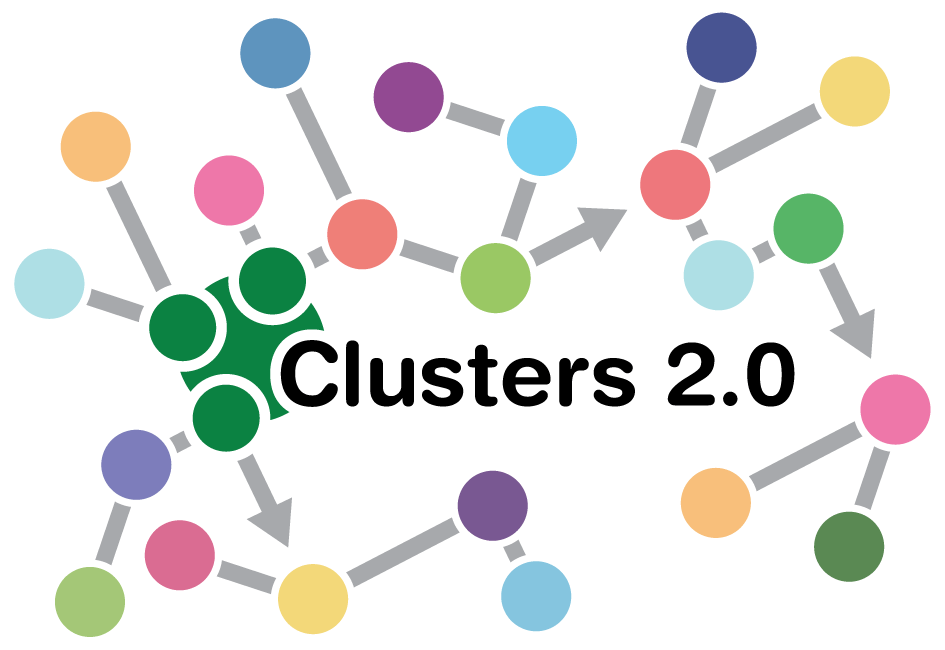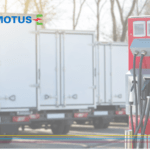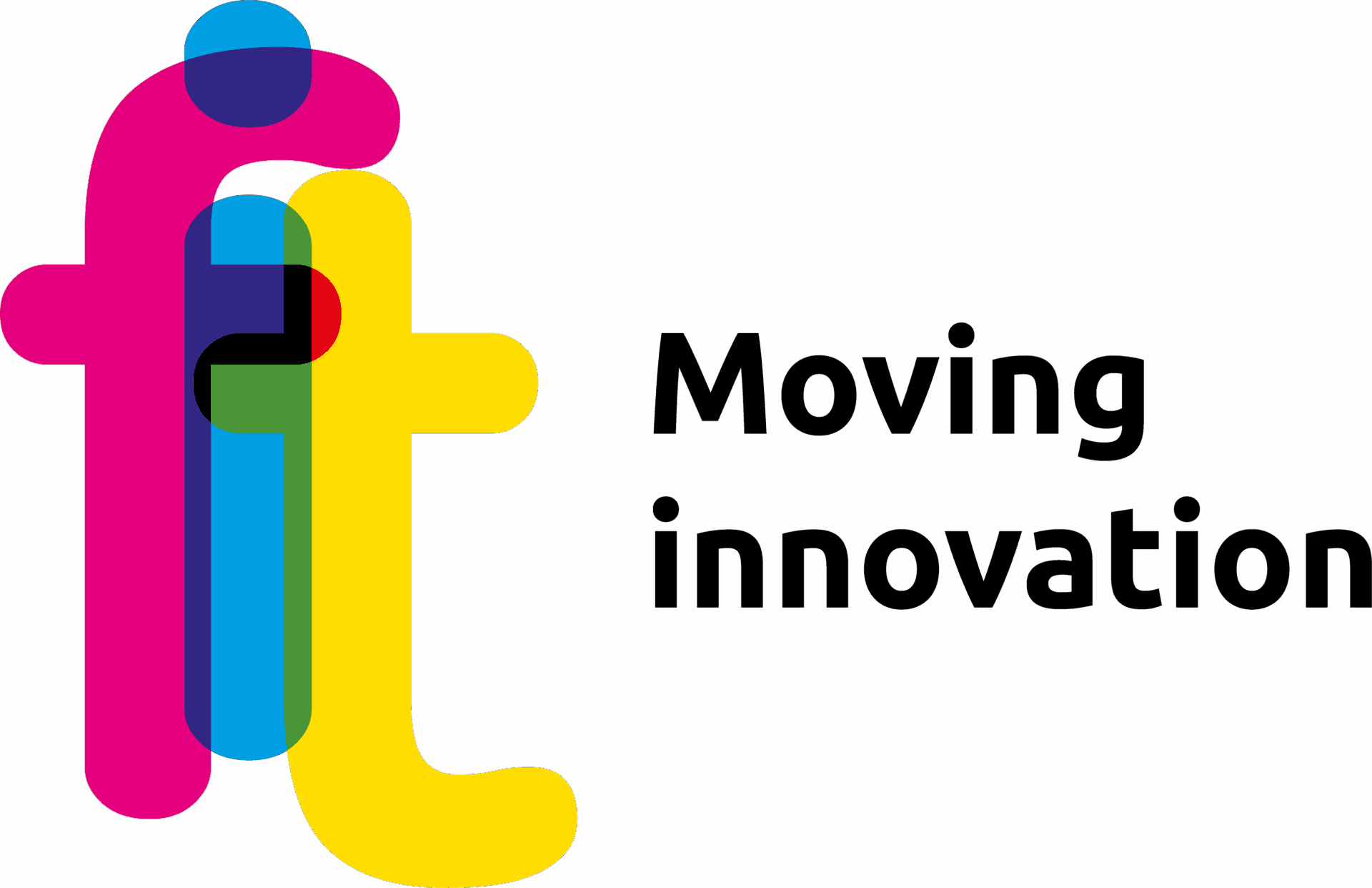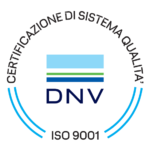Clusters 2.0, integrated and cooperative logistics in Europe: the project and the 3 testing activities
An integrated European transport system that optimizes the use of an open network of logistics clusters operating on the TEN-T networks, supporting local, regional and European development. It is from this perspective that CLUSTERS 2.0 was born with the aim of contributing to the target set by the European Union of transferring 30% of road freight traffic with distances over 300 km towards more sustainable transport modes and at the same time strengthening competitiveness of local companies. The project, financed under the European Horizon 2020 program and started in 2017 by a consortium of 29 partners from 10 European nations plus Switzerland, aims to fully exploit the potential of European logistics networks (European Logistics Clusters) to obtain a of integrated, efficient and hyper-connected European transport that does not impact the environment and which allows companies operating within multimodal logistics clusters to benefit from economies of scale.
The net
In fact, logistics clusters contribute to the creation of value for the regions in which they arise thanks to the coexistence of intermodal connections, logistics platforms and large volumes of goods. Examples of this are:
- The logistics platform of Zaragoza (PLAZA) which with a surface area of over 13 million square meters represents the largest intermodal transport center (rail, road and air) in Europe where as many as 350 companies have their own logistics headquarters;
- Duisburg, where in 1998 the concept of “logport” was introduced at the former Krupp steelworks, i.e. the idea of reusing abandoned sites by redeveloping the spaces to establish successful logistics centers, thus giving birth to Duisport, one of the most important European logistics hubs with structures ports and transport connections that have made it today the flagship of North Rhine and Westphalia;
- Lille Dourges, the container terminal that manages a three-modal terminal (railway, road and river) capable of offering multimodal operators a complete portfolio of terminal services;
- the Bologna interport, which with a railway area of 665 thousand square metres, an internal station and 3 railway terminals is at the forefront in supporting and facilitating the use of railway services at a European level and in intermodal transport, operating in quality of road-rail service integrator;
- London Heathrow airport, the only hub in the United Kingdom for cargo handling and cargo flights which aims to reach a cargo volume of 3 million tonnes by 2040 thanks to the optimization of services and an increase in capacity through the construction of a third runway.
All these logistics hubs, as partners of the project, constitute the foundations on which CLUSTERS 2.0 intends to lay the foundations towards an integrated transport system.
The virtuous circle that is established within logistics clusters increases the availability of intermodal connections and value-added services, such as co-packing, the possibility of implementing the so-called Delayed Product Differentiation – a technique relating to the supply chain that delays what the finalization of a product as much as possible in order to align supply and demand and potentially allow product customization, load optimization and last mile connections.
The solutions
CLUSTERS 2.0 therefore defines solutions for cooperation in the logistics market (Logistics Clusters) through the activities of 3 Living Labs regarding:
- design and business modeling of a cooperation network between proximity terminals and modular hubs (Coordinated Logistic Cluster);
- development of data collection systems for the aggregation of demand and supply of freight transport services;
- design and business modeling of innovative Modular Load Units, suitable for automated transshipment.
The project, which began in May 2017, is now in the testing and prototyping phase of the proposed innovations.
Fit Consulting responsible for the evaluation
In this context, FIT Consulting, partner of the CLUSTERS 2.0 project, is responsible for the evaluation activities of the solutions developed at the Living Labs. This translates into examining the impact of the innovations on the cost of logistics services, the environmental footprint and the general benefits for the community. To this end, it was crucial to define an evaluation framework common to all Living Labs that would allow the analysis of the environmental and socio-economic performance of the logistics clusters. Guidelines were therefore developed for an examination of the operational performance of each Living Lab, a methodology was defined and evaluation plans were outlined including data collection procedures and the selection of performance indicators aimed at quantifying the results achieved by the project . The three key elements are guiding the activities of FITConsulting, which will end with the end of the project expected within the first half of 2020, are given by the process analysis – to evaluate the quality of the activities carried out considering technical factors such as timing and effort required, from the measurement of results – thanks to the collection and validation of selected quantitative and qualitative indicators, and from an observation system through which the actors involved in environmental, logistical and economic terms and the socio-economic effects generated by the project are identified.








